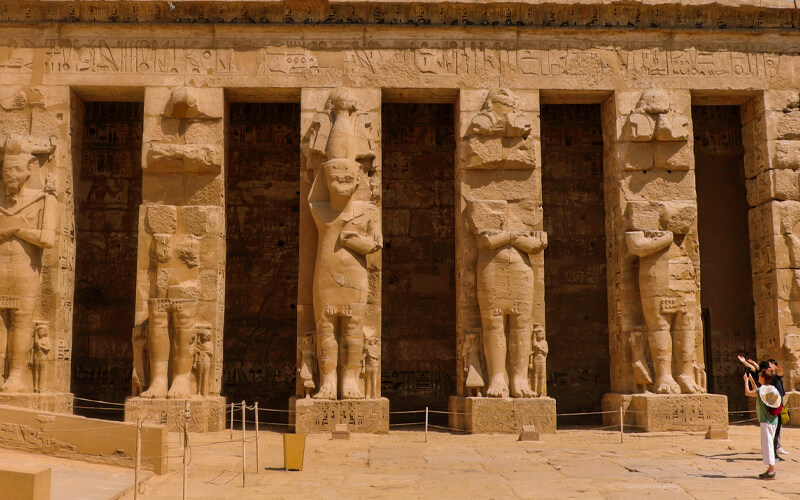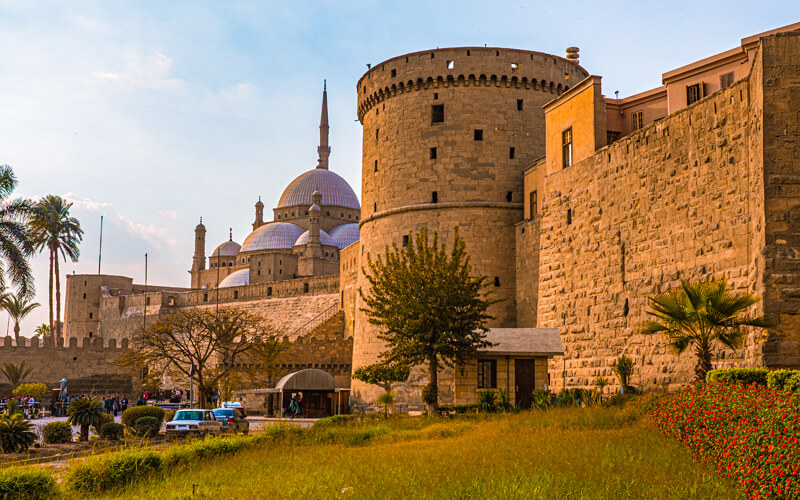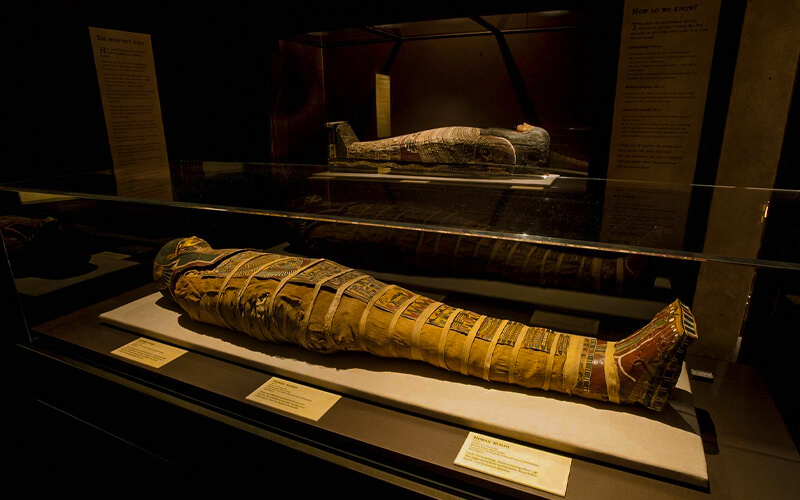Madinet Habu
Madinet Habu is a term used to refer to a person who practices medicine.
However, even though Medinat Habu isn’t one of the most popular tourist destinations on the West Bank, it is regarded by many tourists to be one of the most magnificent views they witness while in Luxor. This temple complex has been very well maintained, particularly when compared to the Ramesseum, on which it is built.
Even though it was commissioned by Ramesses II, Medinat Habu, erected by Ramesses III, is a much more stunning sight, with its pylon and many of its walls remaining intact, as well as considerably more of the original artwork evident on its carved surfaces.
Ramesses III (reign 1184–1153 BC) was the last of Egypt’s great pharaohs and the last of the great dynasties. Egyptian society started to deteriorate shortly after his reign, and the country was eventually governed by foreign forces for the bulk of its history after the New Kingdom. Following Ramesses II’s expansion of the empire to its most severe limits, the strain of invasion threats on numerous fronts finally became too great for the empire to bear.
Ramesses III is the last pharaoh to whom major construction projects have been credited, and this temple complex was the most significant of these projects.
During the period of his rule, Medinat Habu was a fortified city consisting of a temple and an administrative center inside its walls, which served as a protective barrier for the people of the region during difficult times. Later on, the structure was transformed into a walled town for Coptic Christians who lived in the surrounding region.
As you approach the temple via a large stone gate that seems out of place in Egypt, you are instantly struck by its intimidating nature. Ptolemaic addition to the complex serves to obscure one of the most important features inside it: the Temples of Ramesses III, with its tall pylon and relief sculptures that are still in excellent condition, representing the monarch overcoming Egypt’s foes from Libya and the Sea Peoples.
There are multiple courtyards with well-preserved reliefs and columns, many of which still have their original coloring, and a final hypostyle hall before the temple is completed.
If you want to spend a fantastic vacation check out our amazing Egypt Vacation packages or Luxor Excursions to find the best way to travel to Egypt for you.



